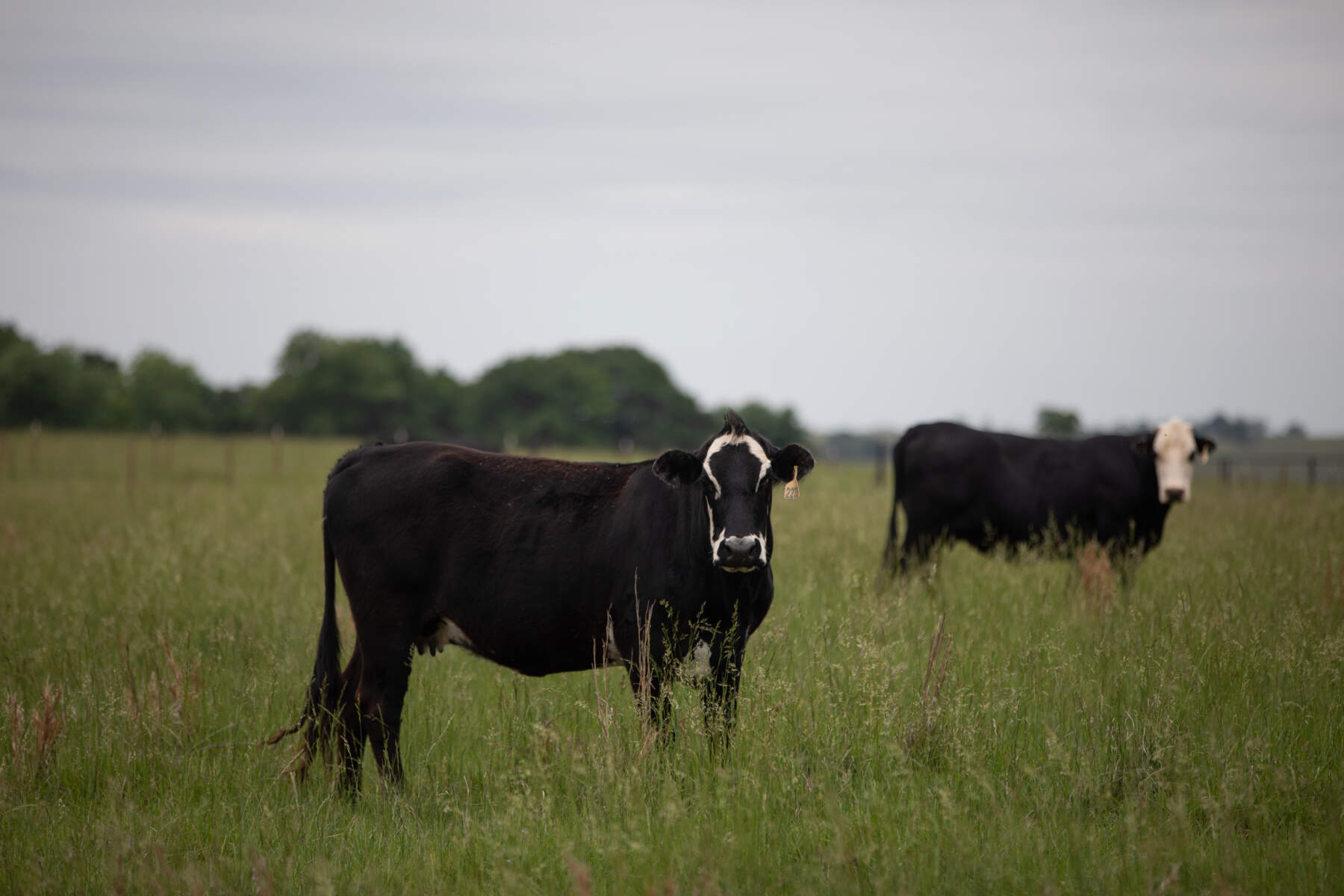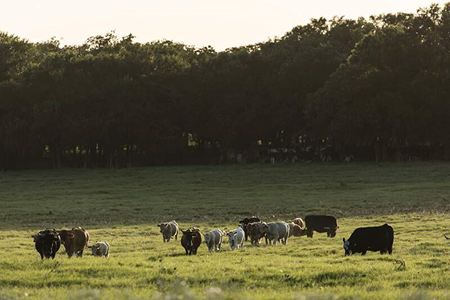
Spring is the beginning of a fly's life cycle, so it's best to be prepared for when the season hits. Flies contribute to a loss in production, spread diseases and annoy both animals and employees alike. Protecting against fly infestations can be an overwhelming task to someone starting a fly control program for the first time as well as for those looking to upgrade their current program. To protect your operation from costly fly infestations, an integrated pest management (IPM) program should be in place. It is important to use a variety of fly traps, fly baits, and on-animal treatments as well as feed-through technology to manage disease-spreading fly populations.
The key component to start any IPM program is the initial Planning phase, which includes the identification of problem pests, understanding their habits and devising a management strategy. Use Starbar® baits to control flies on both small and large-scale operations for superior control of disease-spreading and nuisance flies.
Recommended products to plan your program and measure insect activity:
- Fly Stik™ Sticky Fly Trap
- Ez Trap® Fly Trap
- Fly Terminator® Pro Fly Trap
- FlyRelief™ Disposable Fly Trap
- Bite Free™ Stable Fly Trap
Once the target pests have been identified, a successful IPM strategy must advance to the Implementation phase, approaching pest control through a combination of several complementary methods.
Implement insect control tactics to reduce infestations on your operation or property. To deliver the best results, use an all-encompassing approach to insect control that utilizes cultural, physical, biological and chemical control efforts. Using a feed-through fly control product, such as ClariFly® Larvicide or Altosid® IGR during the chemical control - biorational step to prevent adult flies from emerging from manure by stopping them in their immature stages.
After implementing your fly control products, monitor fly populations throughout the operation with the use of a variety of traps and speck cards. Be sure to document your progress with a concise record of locations, conditions and actions taken. It's important to remember to rotate your modes of action to prevent resistance.
By following these three steps in developing and carrying out a comprehensive IPM program, operators can help protect the comfort and productivity of their cattle.


